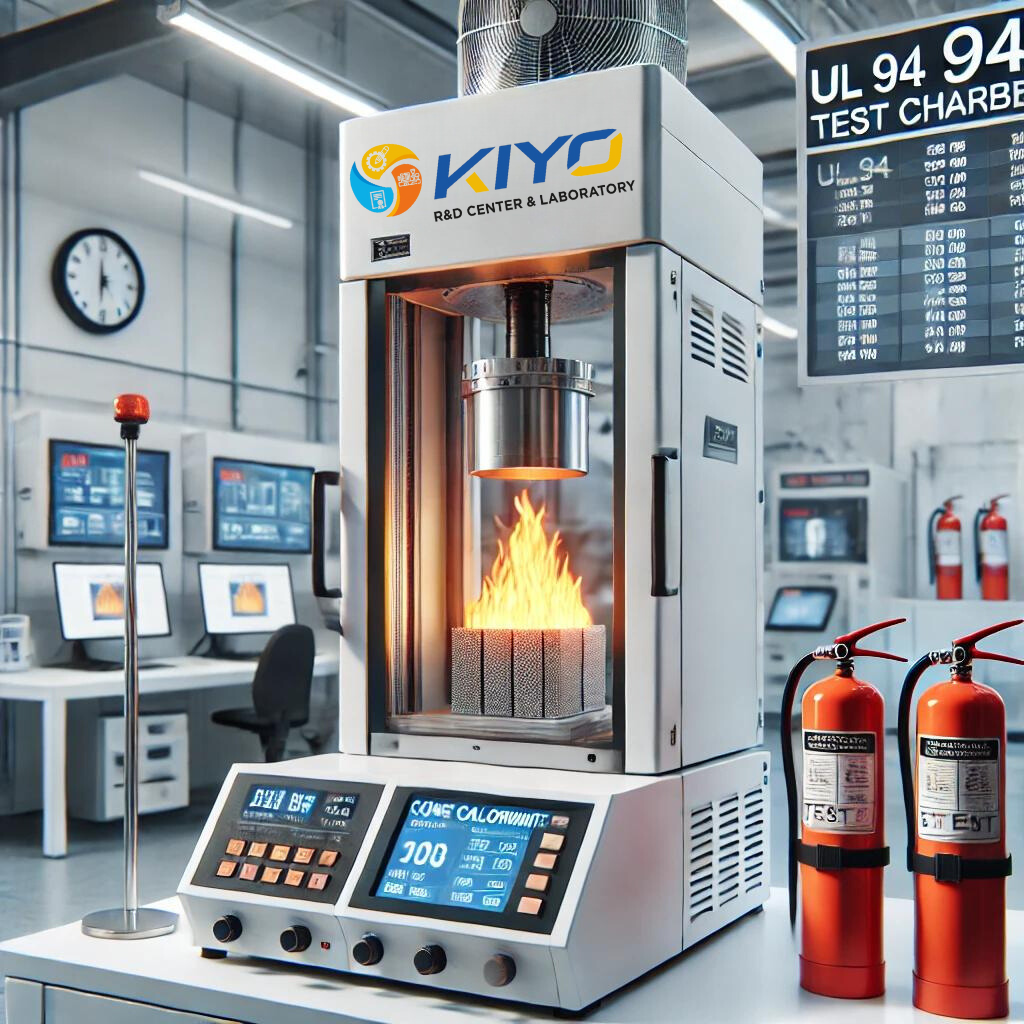The Science Behind Plastics Flammability Testing
At Kiyo R&D Center & Laboratory, we are dedicated to the intricate science of plastics flammability testing. Understanding the behavior of plastics under fire conditions is crucial for ensuring the safety and reliability of products across various industries. In this blog post, we delve into the scientific principles and methodologies that drive our testing processes.
Plastics are integral to many applications, from household items to industrial components. However, their susceptibility to fire poses significant risks. Effective flammability testing helps mitigate these risks by:
Our laboratory utilizes a range of testing methods to evaluate the flammability of plastic materials. Some of the key methods include:
The science of flammability testing is grounded in several core principles:
Kiyo R&D Center & Laboratory employs cutting-edge technologies to enhance the accuracy and reliability of our flammability tests:
Our flammability testing services are critical to various industries, including:
As materials science continues to evolve, so do our testing methodologies. At Kiyo R&D Center & Laboratory, we are committed to staying at the forefront of scientific advancements in flammability testing. Our ongoing research and development efforts focus on:
The science of plastics flammability testing is a vital component of product safety and innovation. At Kiyo R&D Center & Laboratory, we are proud to contribute to this field through rigorous testing, advanced technologies, and ongoing research. Stay connected with us for more insights into our scientific endeavors and their impact on safety and innovation.

For quotation or visit